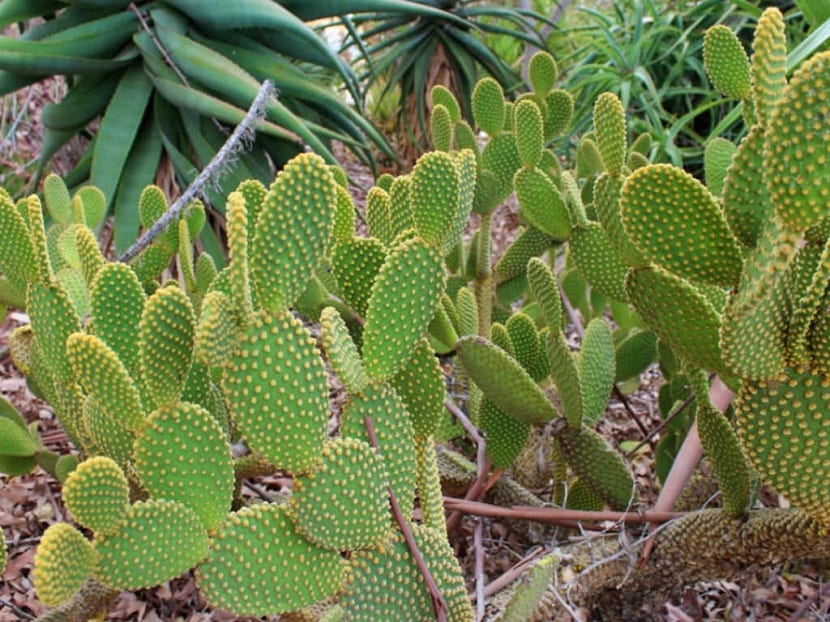
La Opuntia microdasys It is a plant of the Opuntia genus belonging to the Cactaceae family, commonly known as angel wings, polka dot cactus and rabbit ears among many other names.
It is native to central and northern Mexico and can be seen in the wild throughout America from sea level to 3000 meters above sea level. They are part of the large family of cacti, appreciated for their beautiful flowers at the top and their touch of exoticism.
Features
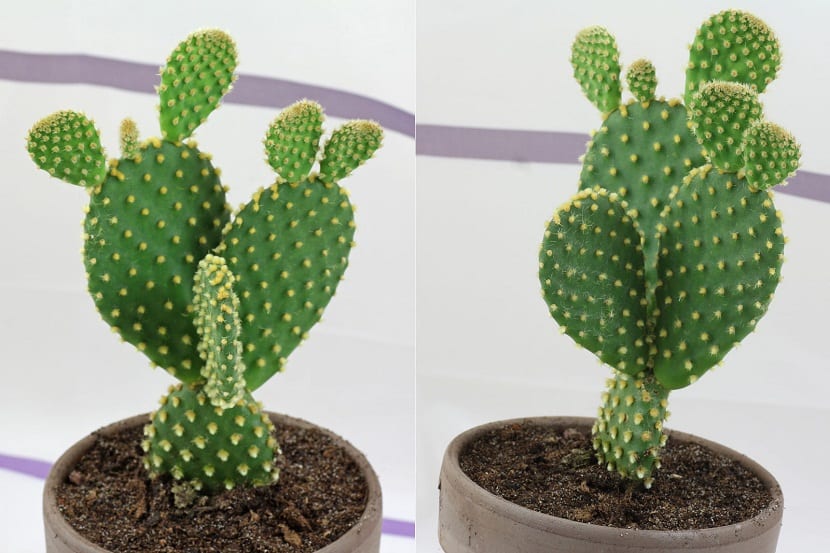
The cactus is a perennial species erected by the branched stem that over time forms a thick bush that barely exceeds 60 cm in height. Its cylindrical, flat and globular stems called cladodes and that some tend to confuse with leaves, they can measure 15 cm.
They have an oval shape without spines proper, although if have numerous glochids or microspines typical of opuntia that are quite annoying and practically imperceptible to the naked eye. Upon contact with the person, they can cause irritation to the dermis.
They are also identified by having a fleshy root system that grows essentially in width and their roots are rarely deep. Of attractive and abundant flowers, they have many fleshy and oval sepals yellow in color located in several series, which, when fertilized, produce red, ovoid-looking fruits that contain many seeds. Opuntia hybridizes easily, but while its hybrids continue to flower profusely, they are not capable of producing seeds. Sometimes there are small cylindrical leaves, wrapped in a thin waxy layer that limits perspiration.
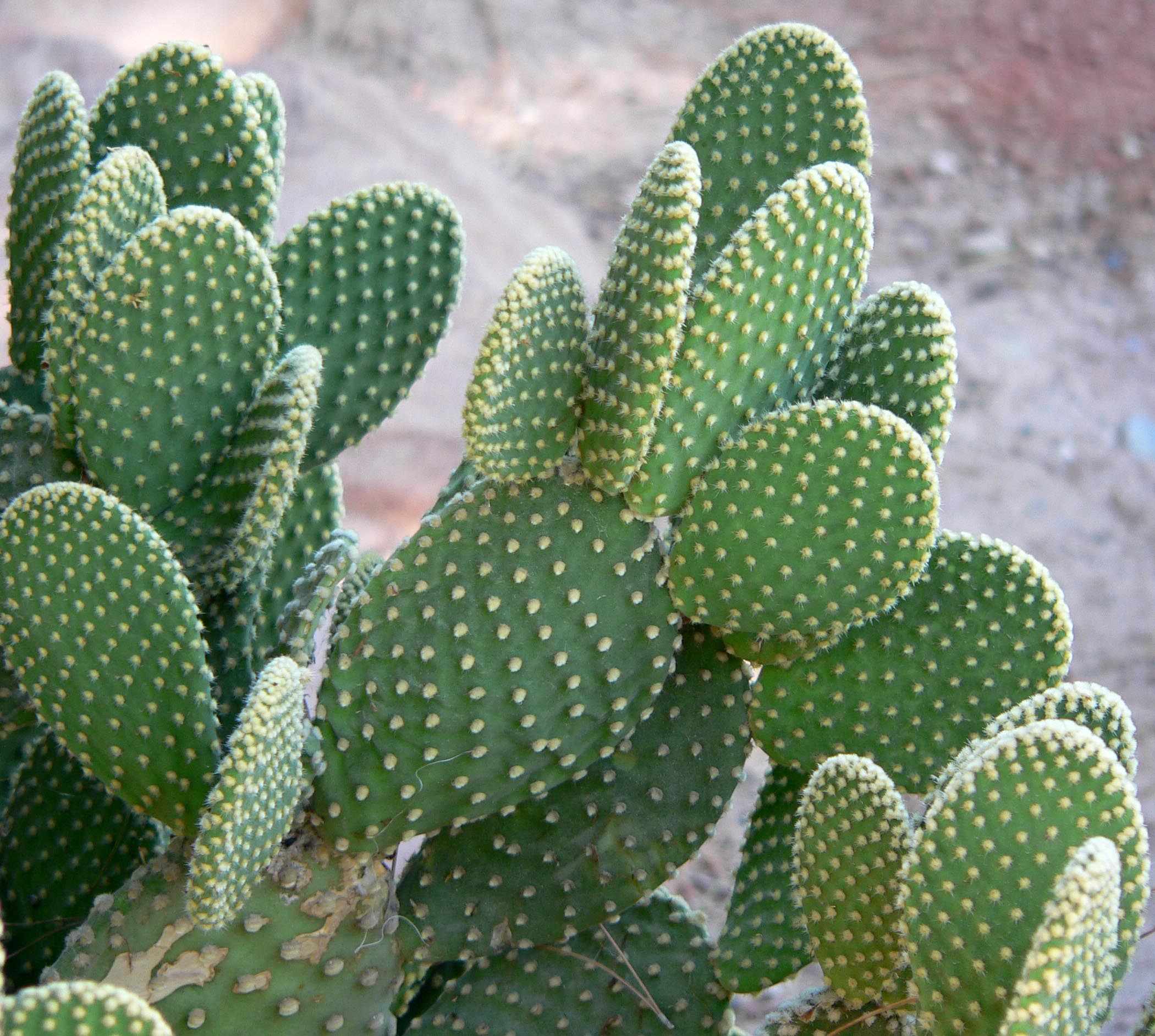
Plant cultivation Opuntia microdasys
Plant the Opuntia microdasys is similar to planting other cacti, just begins by recreating a natural environment that of the cactus. On the other hand, it is an easy-to-grow plant, it develops very well in the Mediterranean, so you can plant in open spaces. It needs places with full sun, however and in summer it is better that you protect it from the intense sun in the warmest hours. It does not require specific soils, but it is recommended that you supply a well-drained soil with a usual mixture of universal soil, sand and aggregates in equal parts.
This is produced by cutting that consists of a two-year-old cladode in which two or three one-year cladodes are inserted. In nature, one segment is enough to take root in the ground.
Care
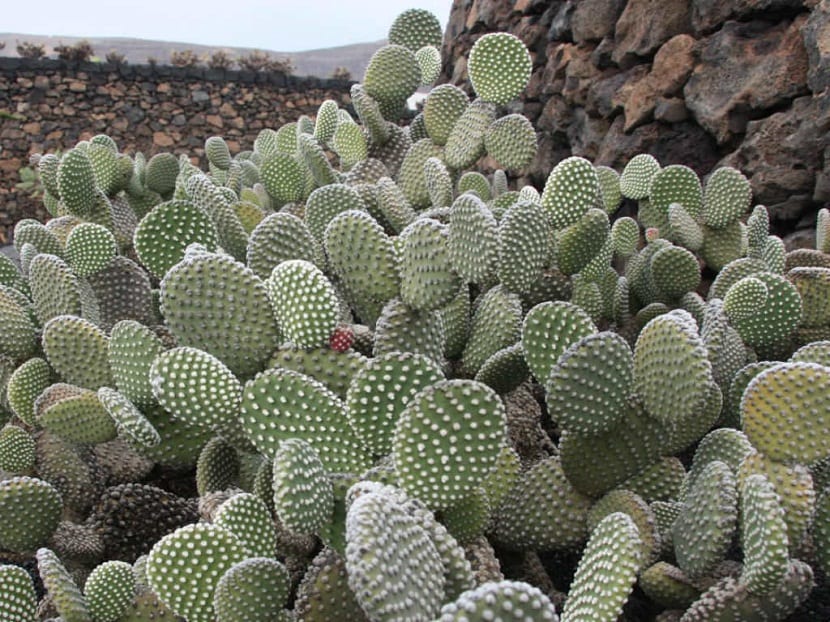
Proper watering is a very important aspect of plant care Opuntia microdasys. Contrary to the opinion of many novice cactus growers, these desert plants do require regular watering, at least during the summer. Water only when you are sure the soil has dried out. Of course, during the winter period it requires less water and during the spring, perhaps a little once a month should be sufficient.
From April to September and during the growing season, you can use a special cactus fertilizer with watering. This genus has no specific nutritional requirements. Doesn't need special attention, but it must be monitored to detect crop problems and thus avoid possible growth problems and diseases.
This cactus adjusts to temperatures ranging from 20 ° C to 37 ° CHowever, it requires slightly lower temperatures during winter. In late autumn, it should be stored between 10 ° C and 20 ° C, and away from central heating ducts. During winter, the cactus segments turn light gray. Failure to provide these controlled winter conditions will result in plant death the following spring.
Propagation
The large seeds are surrounded by a hard and thick epidermis. They are soaked for 2-3 days, rubbed subtly with sandpaper, then they are placed in the ground on moist soil, at a temperature between 20º C and 30 ° C in the light and covered with plastic until germination.
When they are big enough to handle, nail the seedlings into individual pots and put them in the greenhouse at least for the first two winters. In late spring or early summer, place them in their permanent positions. Keep them protected from winter humidity
Despite her helpless appearance, yes you are not careful when handling the plant, the numerous glochids or microspines can be quite annoying. Therefore, it is important that you always handle it with great care and caution, avoid touching it with bare hands; Otherwise, without realizing it, your hands will be covered with small and annoying thorns.
Rubbing your eyes after handling this species with bare hands can be extremely dangerous. In case you got pricked by the microspines, you can remove them using tweezers, chewing gum or rubbing with soap.
Diseases and pests
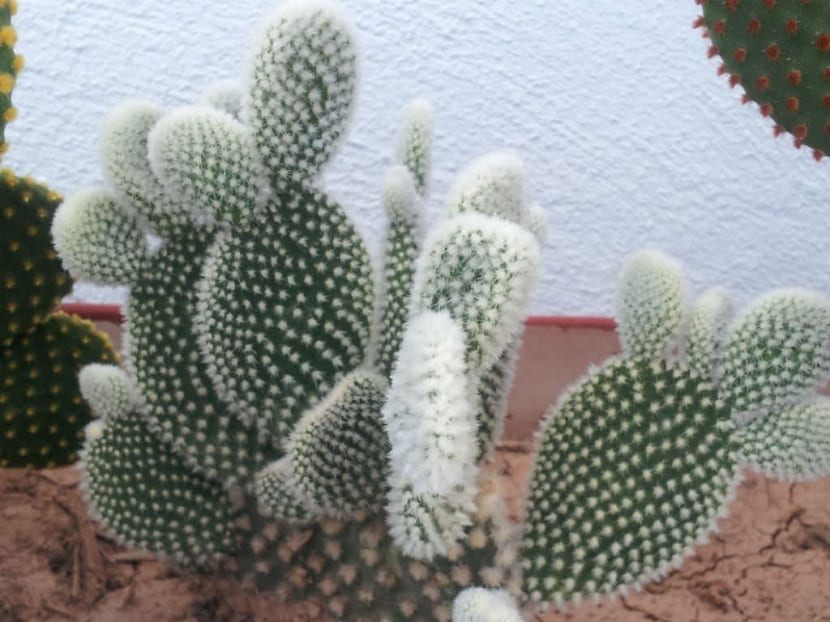
If you make mistakes in planting, propagating or caring for the plant, they can appear physiological diseases in its roots, stem and cladodes.
Too much or too little water can cause rot or dry tissue on the plant. A period of adaptation to the intensity of the sun causes the appearance of yellow spots that later turn brown.
Cold air currents can produce red spots. Very mature cuttings can cause tissue softening or collapse. Lack of sun affects the flowering of plants found in apartments. Poor or excessive ventilation produces burns in the cactus.
This and like other cacti, are often victims of parasitic insects. So you must always be attentive to the appearance of these harmful insects for your plants. Mealybugs are small insects measuring between 0,5 and 1 mm, with the appearance of small white shells, similar to inverted shields, that attach to stems and leaves, to feed on the sap.
Opuntia is specifically sensitive to the attacks of this parasite. The cochineal It is a waxy-bodied insect that abounds in the most inaccessible places. To kill off these insects, brush the affected plants with a short bristle brush or spray with a powerful enough stream of water. Another parasite of this plant is the red spider. It is a mite that abounds in the hot and dry atmosphere. They cause brownish discolorations of the ends of the succulents. The lunges of this spider can destroy the terminal bud in cactus. The preventive remedy will often be to spray water on your plants, ventilate well, and not give too much nitrogen.